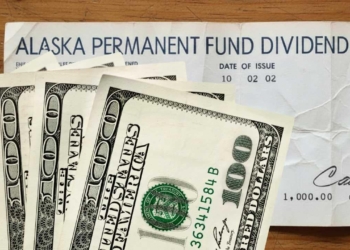Tax refunds are cash reimbursements that the Internal Revenue Service (IRS) sends to people who paid more taxes than necessary during the year. They also benefit low-income families who qualify for benefits such as the Earned Income Tax Credit (EITC) or the Child Tax Credit, even if they are not required to pay taxes.
Every year, the IRS returns millions and millions of these overpaid taxes because, first, it’s legally required to do so, and second, because it’s the right thing to do: it’s money that belongs to American taxpayers who not only paid what they owed but also filed their returns on time.
Why is the IRS refunding these taxes?
There are four basic reasons why the IRS decides to return billions of dollars in overpaid taxes:
- Adjusting Overpayments: If your employer withheld too much money from your payroll or you paid too high estimates, the IRS will refund the difference.
- Supporting families: Programs like the EITC provide extra assistance for households with limited incomes.
- Boosting the economy: These refunds inject money into the market, boosting consumption.
- Encourage compliance: Making these returns easier encourages people to file their taxes on time.
Believe it or not, tax refunds can still arrive in August for many taxpayers who meet certain conditions. First, those who corrected their return through the amendments contained in Form 1040-X may take up to 16 weeks to receive their refunds.
Taxpayers who filed paper returns and were too late to file their returns could experience delays of up to 8 weeks (2 months), much slower than those who filed electronically, who only had waiting times of 21 days on average.
On the other hand, if the IRS finds errors in your return (such as an incorrect account number, questions, or inconsistencies), the agency may request corrections or amendments, which can take up to six months to complete.
Another known reason is the claiming of tax credits, such as the Earned Income Tax Credit (EITC) or the Additional Child Tax Credit (ACTC), which require additional reviews by IRS officers who do it manually.
Finally, those living in areas affected by natural disasters are exceptional groups who have extended deadlines to file their returns: In some areas of Texas impacted by flooding, they have until February 2026, and in areas of California that experienced severe wildfires, they have until October 2025.
How do you know if your refund is on the way?
Use these free tools:
- “Where’s My Refund?”: The IRS page updates every 24 hours. You’ll need your Social Security Number (SSN), filing status, and the exact amount you’re expecting.
Automated telephone lines:
- For regular returns, call at 800-829-1954.
- For amendments, you must call at 866-464-2050.
If there was an error: If direct deposit fails, the IRS mails a check, which adds 2-4 weeks. The average refund this year is $3,116, according to official figures, but that doesn’t mean this is the final amount you’ll receive: each individual’s tax situation is different.







